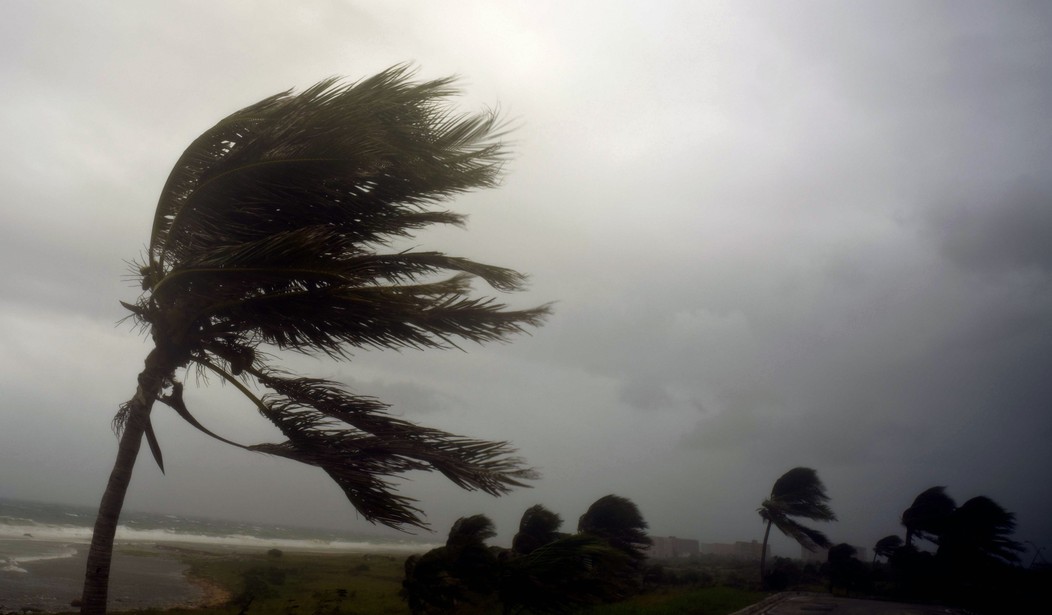“As 2005 melted into 2006, tropical storm Zeta, spawned one month after the hurricane season officially ended, was spinning itself out approximately 1,000 miles southwest of the Azores, putting – meteorologists hope – the finishing touches on a year that broke records for the most named Atlantic storms (26), hurricanes (13) category 5 storms (three; Katrina, Rita and Wilma) and major hurricanes to hit the U.S. (four). For the first time since 1953, when hurricanes were named, letters of the Greek alphabet had to be used to keep up with the steady stream of storms that continued well after Wilma, the last name on the regular list,” began a 2006 article I wrote in The Herald News titled, “Global Warming – Is It Just Hot Air?”
The previous August I had spent 10 days in Peru’s Ancash region, hiking through Quechua villages located in the Cordillera Negra (Black Mountains). In one such village, Canchirao, I witnessed first-hand the ravages of a drought that had left the farmers’ fields parched and desert-like. There had been a severe crop failure and the people were starving.
As a science writer who had researched hurricanes from afar and had witnessed developing world starvation first hand – both potentially attributable to climate change – emotions ran high.
Fast forward to June 2017. We had just moved to South Florida and had barely settled into our new home when Hurricane Irma – “the second-most intense tropical cyclone worldwide in 2017 in terms of barometric pressure, and the strongest worldwide in 2017 in terms of wind speed” – forced 7 million South Floridians to evacuate. We were among those who fled their homes.
Barely two weeks later, Hurricane Maria, another category 5 storm formed in the warm waters off the coast of Africa, which devastated Dominica, the U.S. Virgin Islands, and Puerto Rico. It was one of the "deadliest natural disasters in U.S. history," CBS reports.
While writing this column, Hurricane Dorian was spinning up the U.S. coast as a category 3 storm. For us in South Florida it was a close call, when as a category 5 storm, it halted its westward motion a mere 88 miles off the coast of West Palm Beach. My office here at the university where I teach is a mere 100 yards from the Intracoastal waterway.
Recommended
While Floridians breathed a sigh of relief, images of utter destruction in the Bahamas poured in from news sources, reminding many of us of Hurricane Michael’s destruction of Mexico Beach on the Panhandle just a year earlier.
The Weather Channel’s Jim Cantore noted that just in the last three years there have been five category 5 Atlantic Basin hurricanes; Mathew, Irma, Maria, Michael and Dorian coming close to or making landfall in the U.S. Given these recent statistics, one could assume that the frequency and intensity of hurricanes is increasing.
But these storms came after a nine-year hiatus of not one category 5 hurricane making landfall in the U.S. since Felix in September 2007.
And what do the statistics say about the history of hurricanes through the 20th century?
Roger Pielke, writing in the September 4 issue of Forbes, notes: “there have not been upwards trends in hurricane landfalls along the continental United States (over more than a century) or globally (since at least 1970). Florida experienced 18 major hurricane landfalls from 1900 to 1959 (60 years), but only 11 in the 59 years from 1960 to 2018.”
And no one on the evening news has mentioned the year 1886 when seven hurricanes made landfall in the US – four in Texas and three in Florida. We were still riding around in horses and buggies.
This is not to deny climate change or that there may be an anthropogenic component to it contributing to the warming of the oceans – one of the major factors of hurricane formation.
But we have to separate emotion from fact.
Certainly my heart went out to the people in Canchirao who were starving. And we took action in the weeks after our visit by organizing a food drive to help them through a lost harvest. Similarly, we should be filled with ongoing compassion and concern – and led to action – for the Bahamians who will be spending years to recover from Hurricane Dorian.
But before buying in to any catastrophic scenario of the Earth’s imminent destruction, let’s understand that such cries are based more on emotion than science.

























Join the conversation as a VIP Member